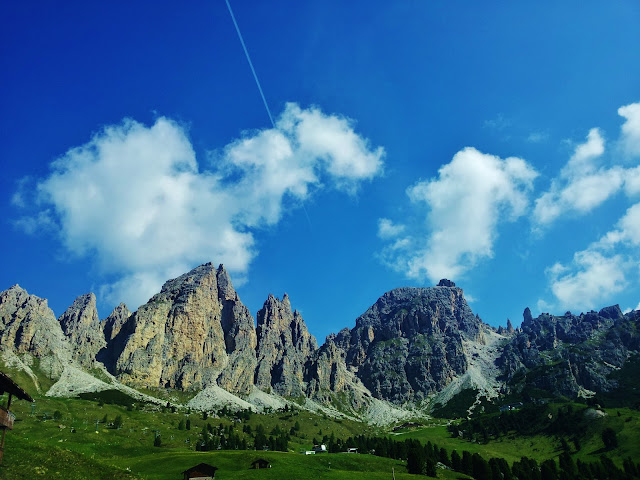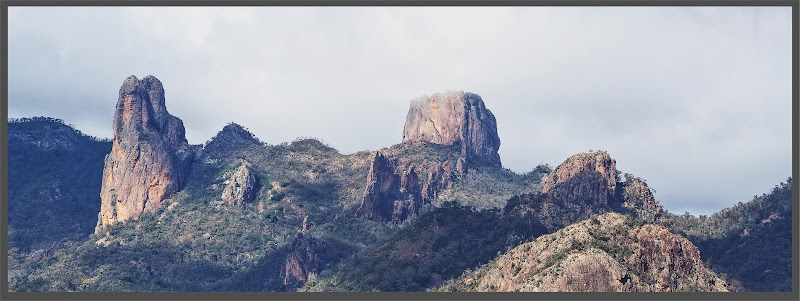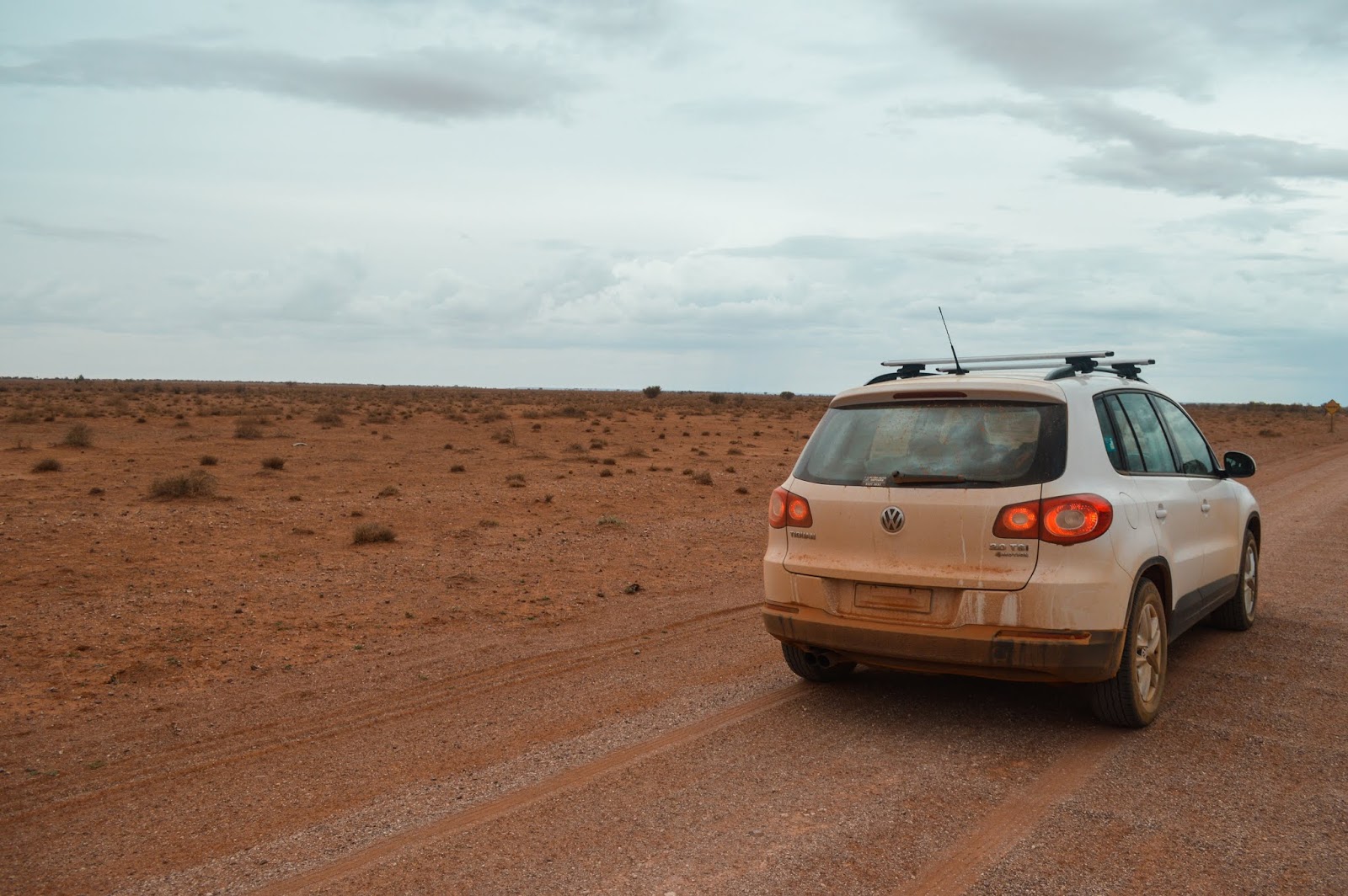The Italian Dolomites: Snow, Sunshine and a very close call
The Dolomites are a beautiful mountain range in the north of
Italy; vertical walls, sheer cliffs and amazing landscapes. During the first
world war, the Dolomites were the front line between the Italians and
Austro-Hungarian forces. In fact, the northern part of the Dolomites were part
of the Austro-Hungarian empire until the early 20th century. The
Germanic culture and language is still present today with many villages and
towns being bilingual (German and Italian) with dual names.
 |
| The Dolomites |
While well known for being a great place to ski and
snowboard in winter, the Dolomites are also an amazing place to visit in the
summer; there are some great walking tracks and Via Ferratas. “Ferrata”
translated as ‘iron ways’ are essentially an aided rock climb. Permanently
fixed metal cables and ladders allow climbers to clip in their safety harnesses
and provide access to sheer cliffs and peaks along the natural conformations of
the dolomites walls. Some of these Ferrata date back to the First World War
when Alpini troops used then to reach strategically important peaks.
With helmets, harnesses and ferrata gear packed, we jumped
in the car and drove from Verona up the windy mountain road to a tiny town
called Colfosco (Calfosch) in the Alta Badia region of the valley. We stayed in
a tiny cabin right at the foot of Mount Sassongher which had amazing views of
the huge limestone mountains, and meadows covered in richly-coloured
wildflowers.
Well it would be rude to stay at the foot of Sassongher
without trying to climb it so that’s what we decided to do on day one to test
out our Ferrata gear. The peak of Sassongher sits at 2664m above the Corvara
Valley and forms part of the Puez-Geisler nature reserve. The climb itself
involves an altitude change of about 940m and the ascent is quite steep and strenuous.
The ferrata itself is quite short (only 100m) but very exposed. It’s a great
warm-up for tackling higher mountains and offers views which are just as great
as some of the higher surrounding peaks. Plus the beginning of the track takes
you through “Edelweiss Valley” and you can pretend that you’re Julie Andrews in
the Sound of Music. No? Just me then…..
| Sassongher |
| Halfway |
 |
| Edelweiss Valley |
Another track I’d highly recommend is the Gran Cir. Again, a
short, steep ferrata, but with a very rewarding panorama at the summit. Heading
up the trail (one of the winter ski slopes) towards the jagged ridgeline, the
large cross on the summit becomes clearly visible. The path traverses from
pastureland to right below the cliffs, into and up the gully. The route
alternates between un-aided path and sections of wire up to the summit and
there are some lovely views down into the Gardena Pass in the sunshine.
| Gran Cir Summit |
| Looming Storm Clouds |
So there we are merrily sitting at the top of Gran Cir, eating lunch and admiring the view.
So basically we are now standing at the top of a mountain,
next to a massive metal cross (lightning conductor) and the only way down is to
attach yourself to the Ferrata (metal = another lightning conductor) in the
middle of a thunderstorm. As if this wasn’t enough to contend with, it starts
hailing. Like absolutely massive hail stones. There was a 5 second evaluation
of what was riskier and we decided getting to a lower and less exposed part of
the mountain was essential, even if it meant attaching ourselves to the
potential lighting conductors on the way down.
So let me tell you, the way down was the speediest ferrata I’ve
ever done. I hardly gave myself a chance to clip in before scrambling down the rock
face, smashing knees, cutting elbows, getting absolutely pummelled by golf ball
sized hail (thank goodness for helmets) all the while this thunder storm is
raging overhead.
The fast changing weather (we later found out) is a well-known
phenomena of the Dolomites, perfect sunshine hot and sunny once minute,
thunderstorms the next. The other thing I was completely unprepared for was the
amount of snow – in June. The Dolomites are all around 3000m, and in the first
few weeks of the summer season it is very common to still have heavy snow in
the higher altitudes. While normally, a sturdy pair of hiking boots will do
fine, we found that due to the hot temperatures, the snow was melting and then
refreezing over night as ice, meaning that on some of the more treacherous slopes
we were basically ice skating – on the edge of a cliff. One particularly
hair-raising moment was trying to cross an icy path approximately 30cm wide
with a sheer drop to one side. Nothing like taking one mis-step which would
send you falling to your death to remind you of your mortality.
 |
| Snow |
| Snow |
| More Snow. (and a Refugio) |
The highest peak we summited was Piz Boè at 3164m. This was a really picturesque alpine climb that requires a reasonably steady foot. While the climb is long, the ferrata section is reasonably short but steep and difficult due to stretch of steel cables being in quite a bad state. The views from the top were just incredible and photos definitely do not do it justice.
 |
| Piz Boè |
 |
| Summit: 3164m |
So things I’ve learnt from this trip: early starts are essential, prepare for all weathers, fingerless gloves and helmets are your friend, don’t stand next to a giant cross at 3000m in a lightning storm, be prepared for cuts and bruises, sandwich bags filled with snow make instant ice packs and Italian hot chocolate is still one of my favourite things.
https://www.instagram.com/nhardbattle/



Comments
Post a Comment